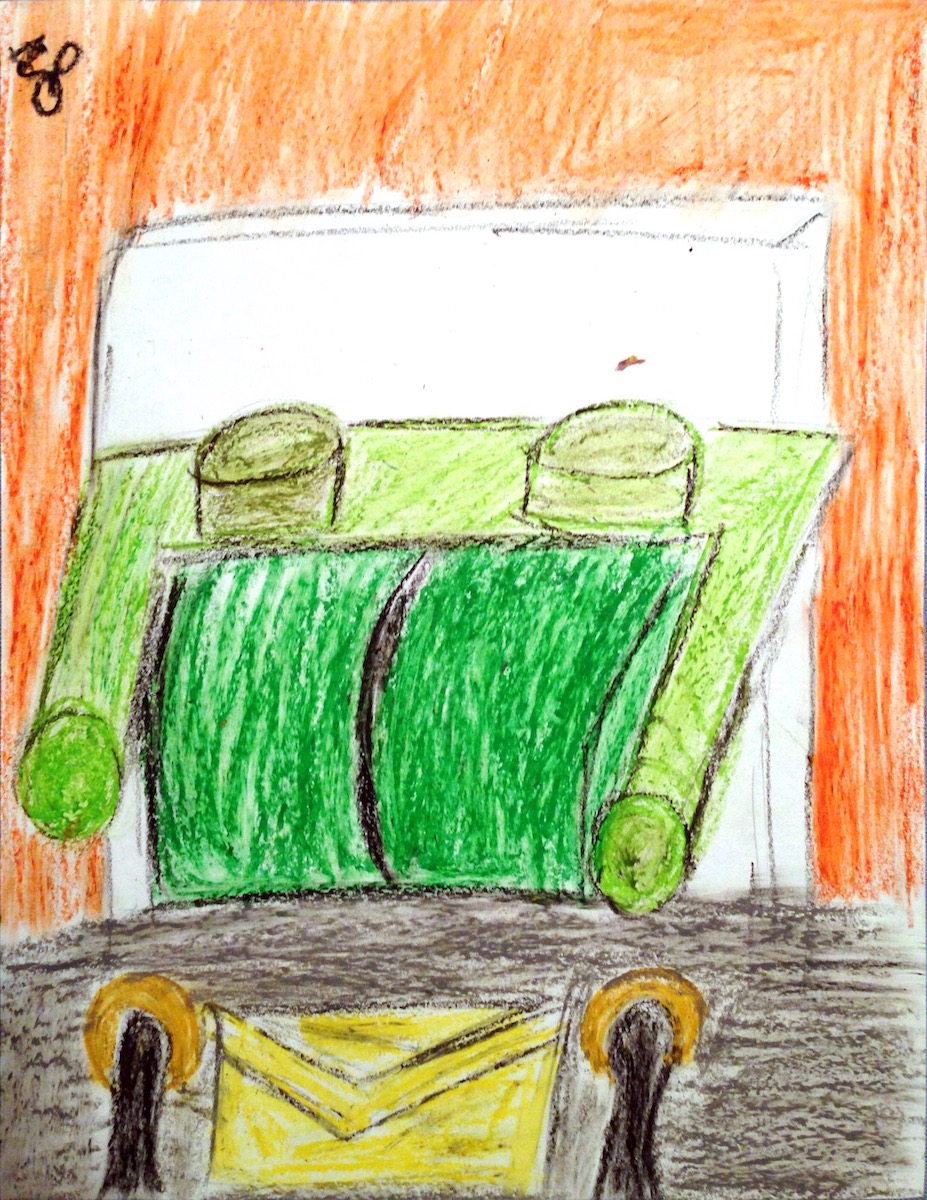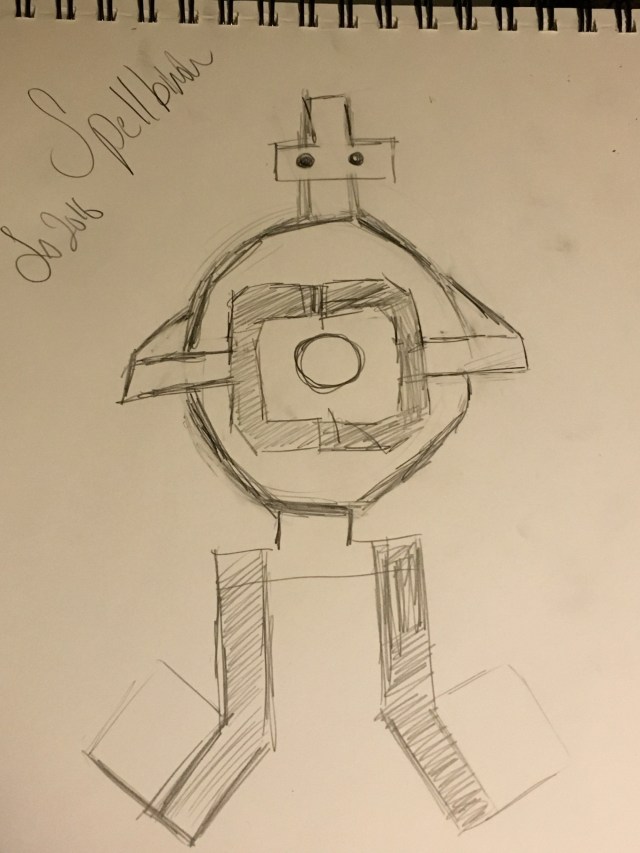Outlines: What are they good for?
Alternatively titled: Plans? Who needs plans?
Anyway.
I was inspired by this Goodreads blog post. In which, it mildly goes into which authors/writers are ‘planners’ and which are ‘pantsers.’ Script or improv, basically. Whether the author plans out the book in some fashion or just makes it up as they go along. The differences in execution can be pretty clear between the two. Pantsers will have less foreshadowing and more ‘breaks,’ but a potentially more creative development. Planners will be able to construct a rigorous motif or theme, and place clues for the future events.
But, let’s be honest, no one is completely pantser or planner. Life is filled with fifty shades of grey. But some of us fall distinctively on either side of the spectrum.
All this got me thinking about my own outline usage and their effectiveness, because I just finished the outline for the third book in my series. But only after I wrote like 30k words of it (I’m expecting around 120k words, to put that into perspective.) The outline is more of an after thought rather than the starting point.
So, obviously, I would consider myself a mix of the two. I am definitely a planner in the macro scope, because I have the plot-lines/character arcs highly planned, but the details in between those critical points are…less defined.
I know that events X and Y happen, but how does X → Y? Well….I make it up. ‘Pantsing’ it. Sounds dirty, but it doesn’t really matter. In essence, in barest identity, the things between the major events are filler. FLUFF.
These sections are just cushions to allow things to grow and ferment. Non-essential in ‘plot,’ but critical to the more subtle developments in characters and world.
Which is not something to be shrugged off. Yes, people will remember the ‘epic’ moments in your novel/show/movie/whatever, but the only reason they will care is they spent their time with your characters in their downtime. They are invested in them, not because of their heroics, but because of their character (ha, pun).
Who cares if your protagonist saved the world/love/whatever, if we don’t care about them or the world? You don’t get people invested just by showing urgency, you have to persuade them why they should invest emotionally. Inspire empathy in your readers.
And outlines are quite terse and emotionless creatures. A cold skeleton that is the backbone of the work. It needs more to be whole. That more is the essential and non-essential, where true creativity and character is placed in. Where the story is truly built.
So, in other words:

Or, reduced, i.e TL;DR:
DO NOT BE A SLAVE TO THE OUTLINE
An outline should be just the general path. Chronology, if that is your thing. Getting things situated so plot-holes don’t happen and the world doesn’t stop making sense. The cogs move in their correct rhythm.
An outline (in my blasé world) should be your thoughts organized in bullet points with maybe some general ideas. It is there to prevent train wrecks, not to organize the entire system. If you feel like swerving outwards a little, do it. Outlines should give you the organization to make a coherent work, but you should expand and stray from it enough to make it original and ‘unexpected.’ It is your work; make it your own. You can do whatever you want. See what it needs. It is like cooking: Add salt/seasoning if needed, regardless of what the recipe says. Writing is not an exact science.
And above all:
Do what you need to do for yourself and for the work.
Related/Recent Posts
Farrco Character Development Spotlight

Spoilers for everything major I’ve written beyond Amethyst Shards. Do not read if you don’t know what I mean by this.
Spellbinder Character Development Spotlight

This is less going to be a character development post for Spellbinder but an analysis into her character, both meta and not. Personality, physical form, how she fits into the team, and so on. I don’t have much else to introduce with so let’s get started diving into her being.
